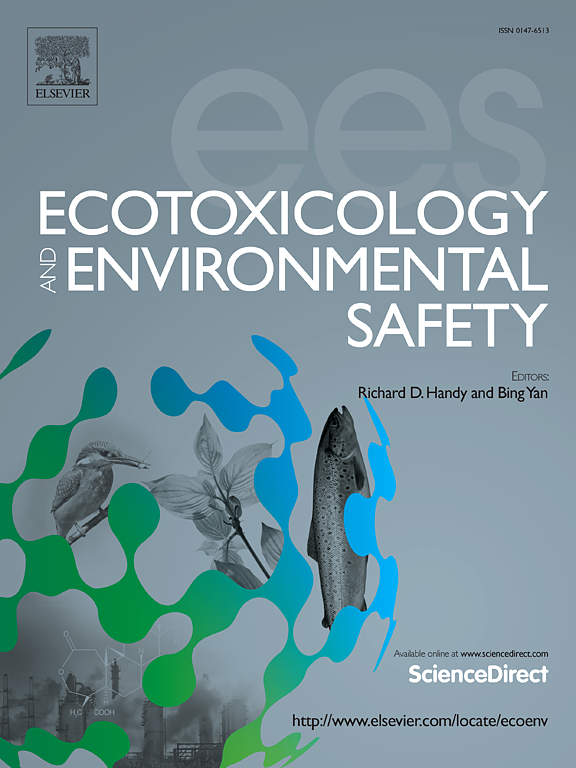Integrating network pharmacology, molecular docking, and animal studies to investigate the protective effect of astragalus polysaccharide on fluoride-induced renal injury in rats
IF 6.2
2区 环境科学与生态学
Q1 ENVIRONMENTAL SCIENCES
引用次数: 0
Abstract
Fluoride is an essential trace element required for normal physiological functions and holds significant importance for human health. However, excessive fluoride intake can lead to renal damage, for which effective prevention and therapeutic strategies remain scarce. Astragalus polysaccharide (APS), a major bioactive component of the traditional Chinese herb Astragalus membranaceus, possesses pharmacological properties including anti-inflammatory, antiviral, and antioxidant activities. In this study, we investigated the protective effects of APS against fluoride-induced renal injury in vivo experiment. Additionally, network pharmacology and molecular docking techniques were employed to predict its potential mechanisms of action, while the protein expression levels of key target molecules were validated. The results demonstrated that APS intervention significantly alleviated renal injury and oxidative stress induced by sodium fluoride (NaF) in rats. Key targets involved in the amelioration of fluoride-induced renal damage by APS included STAT3, Caspase-3, JUN, MMP1, and PTGS2. Molecular docking analysis revealed high-affinity binding between APS and these core targets. Immunohistochemical and Western blot analysis further confirmed that APS suppressed the expression of pro-apoptotic proteins STAT3, Caspase-3, JUN, and MMP1 while enhancing the expression of the anti-apoptotic protein PTGS2. Overall, our findings suggest that APS alleviates fluoride-induced renal injury by modulating multiple targets, with the potential mechanism linked to the regulation of apoptotic processes. This study provides a theoretical basis for the prevention and treatment of fluoride toxicity.
求助全文
约1分钟内获得全文
求助全文
来源期刊
CiteScore
12.10
自引率
5.90%
发文量
1234
审稿时长
88 days
期刊介绍:
Ecotoxicology and Environmental Safety is a multi-disciplinary journal that focuses on understanding the exposure and effects of environmental contamination on organisms including human health. The scope of the journal covers three main themes. The topics within these themes, indicated below, include (but are not limited to) the following: Ecotoxicology、Environmental Chemistry、Environmental Safety etc.

 求助内容:
求助内容: 应助结果提醒方式:
应助结果提醒方式:


